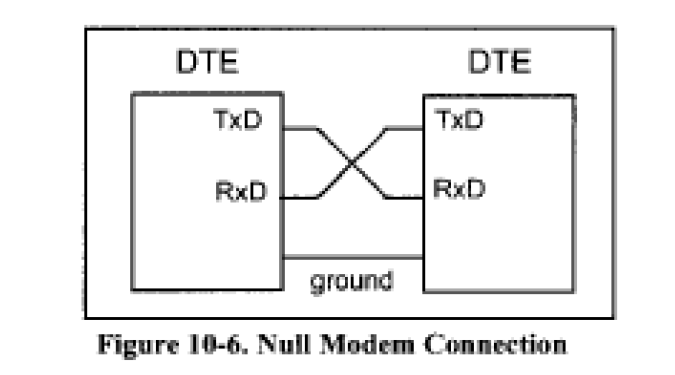What is data communication classification?
What is data communication classification? Data communication is the process of using computing and communication technologies to transfer data from one place to another. Data communication plays a vital role in the world of technology. Data communication incorporate several techniques and technologies to enable any type of electronic communication. Data communication technologies include telecommunications, computer networking, radio communication, Wi-Fi connections etc.

Classification of Data communication
Nowadays, data communication is classified as DTE and DCE. We’ll discuss them separately.
Data terminal equipment (DTE)
DTE (Data Terminal Equipment) is a device that could be able to generate to consume digital data like computers. It is a device that is an information source or information sink. DTE produces data and moves them to DCE with the necessary or essential control characters. DTE performs task either as a source of something or as a destination for binary digital data. As DTE does not have a direct technique for communications so DTE often needs an intermediary to be able to make communications.
DTE converts user input into digital signals and vice versa so that communication becomes easier and faster. It has the ability to support both higher data rates and connectivity between the data communication equipment i.e. DCE. DTE is actually independent of how data is sent or received. There are a number of examples of DTE such as computer, printer, external hard drive, printers, routers, file servers etc. Now, we’ll see a real-life example for DTE, when you turn on your computer/laptop and you have an application, or a note for your business.
You open up a word document or something like that, then type out the information and proceed to send that particular file via email as an attachment. When you click on “Send”, the computer becomes the data terminal equipment (DTE). The pictures below both are explained according to the DTE point of view. It means that DTE don’t know how data is sent or received.
Data Communication Equipment (DCE)
DCE (Data Communication Equipment) is a device which carries data between the DTE and data transmission circuit. It carries or receives analogue or digital signals through the network. It is basically used as an interface or as a connection between DTEs to carry information. DCE is usually concerned with communication aspect of data. DCE acts as a bridge or a medium between two or more DTE networks. DCE accepts the data from the DTE and then converts them to desired signals within the network.
DCE is mainly used in functions such as coding, clocking etc. for the information to be carried or received. DCE takes the data generated by DTE and then converts them into a signal and then is transmitted to the desired location. Moreover, DCE can also work in reverse that is, converting data from the transmission line to a form a DTE can use. DCEs are used to establish, maintain, and terminate communication networks between data source and its destination or desired location. Examples of DCE are modem, satellites, ISBN adaptors, microwave stations, base stations, network interface cards etc.
Now we’ll see an example of DCE, in a network, a DTE produces digital data and move them to DCE. Then the DCE translates the desired data in a specific form that can be accepted and understood by the transmission medium and sends the translated signal to another DCE on the network. The second DCE extracts the signal out of the line, and transforms it into such a form that its DTE can use and deliver it. Keep in mind that DCEs must be using the same modulating method.
Connecting DCE and DTE:

In this diagram, it is clearly explained that for data communication DTEs and DCEs both are required. DTEs are required to transmit data and DCEs are intermediary between DTEs or data transmission line. Here are two examples of the networks, one explains the network of the personal computer and the other explains the network of telephone line. In both cases, the DTE carries the data and through DCE it is moved to the desired location.
Simplest connection between PC and microcontroller:
The simplest connection between PC and microcontroller consists of three pins, TX, RX and ground. In the figure, it is shown that the RX and RT pins are interchanged. In this connection, the DTEs are connected to each other and the data is transmitted to one DTE to another and the lines shown in the figure represent the way that how the data is transmitted and this covers the scope of DCE. In the figure the DTE consist of the elements TX and RX. Both the DTEs are grounded as we can see the ground in the figure. This is actually a Null Modem Connection and this example clearly illustrates the application of DTEs and DCEs in data communication.

Also read here
https://eevibes.com/computing/introduction-to-computing/what-is-network-security-key/